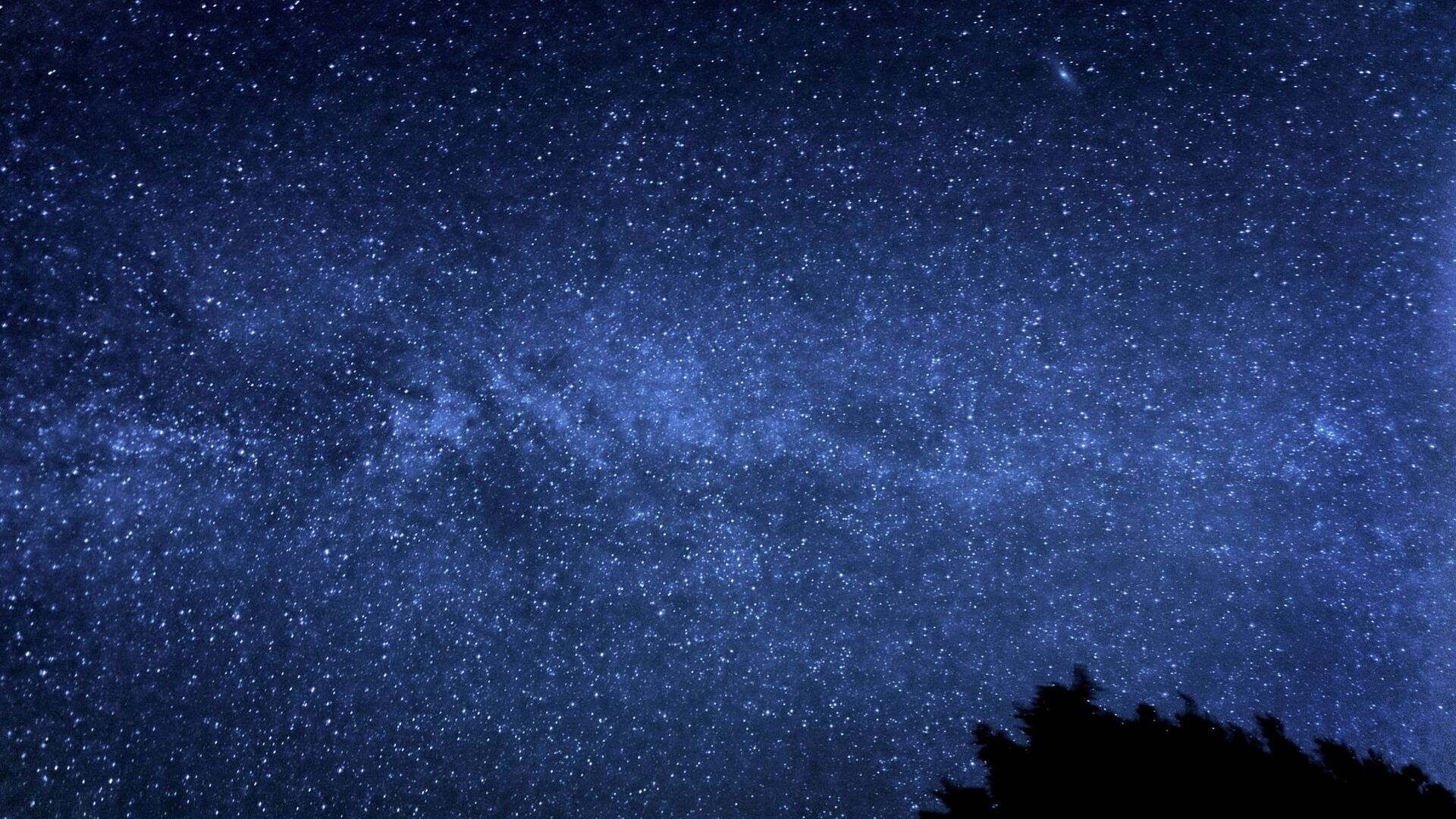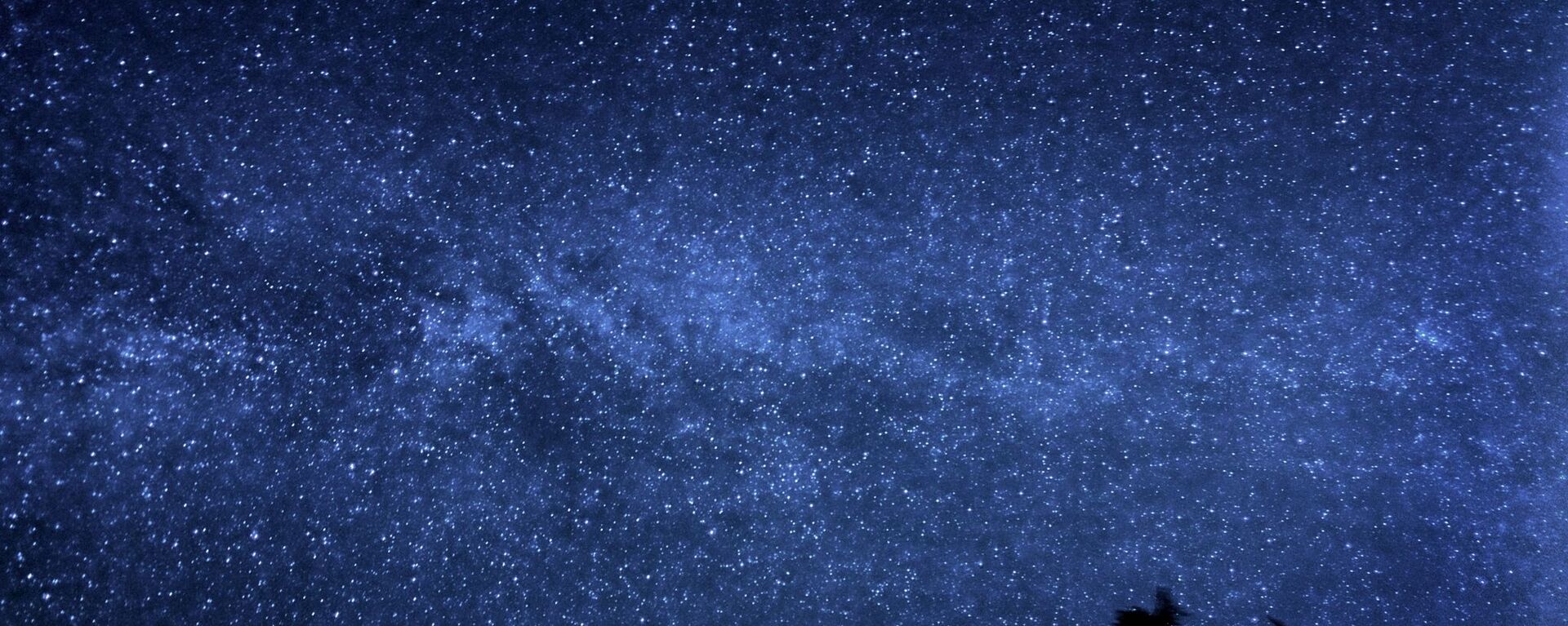A team of astrophysicists has confirmed that NGC 2516, an open star cluster, was identified by a machine-learning algorithm using data from the Gaia satellite two years ago. NGC 2516 – also known as the Southern Beehive – extends at least 1,600 light-years — 500 parsecs — from tip to tip. The Milky Way is made up of billions of stars as well as tightly packed groups of stars known as “clouds” or “clusters," of which the Pleiades, aka the Seven Sisters, is one of the best-known.
“We call them ‘open clusters’ — the ‘open’ part refers to the expectation that these things formed in a much denser group that then dispersed. But we never thought we’d be able to find the stars that were lost," Luke Bouma, a graduate student in astrophysical sciences at Princeton and the lead author, explained.
The data from the Gaia satellite revealed that these far-flung stars are moving at the same speed in the same direction. The team concluded that they could be part of the same open cluster but are probably more of a stream or string rather than a clump.
“Gaia data let us trace the process of star cluster formation and dissolution in unprecedented detail — but to complete the picture, we need independently estimated ages. Bouma’s paper brings together several different methods to consistently age-date stars at both the core and the outer reaches of this cluster,” Lynne Hillenbrand, a 1989 Princeton alumna and a professor of astronomy at Caltech, who was not involved in this research, said.
Bouma added that the broader implication is that there are bound to be more enormous open clusters like this. "The visible part of the cluster, where we can easily see the stars close together, may be only a small part of a much, much larger stream,” he said.
“What’s so surprising about this work — what’s so exciting — is that we confirmed that Gaia because it really precisely measures the positions and the motions of stars, can find these ‘needles in the haystack’ of the Milky Way. Gaia can identify all the stars that are moving in the same direction, at the same rate. And we don’t have to just trust the machine learning algorithm saying that they’re related — we can verify it with TESS data, using our geochronological technique,” Bouma concluded.






